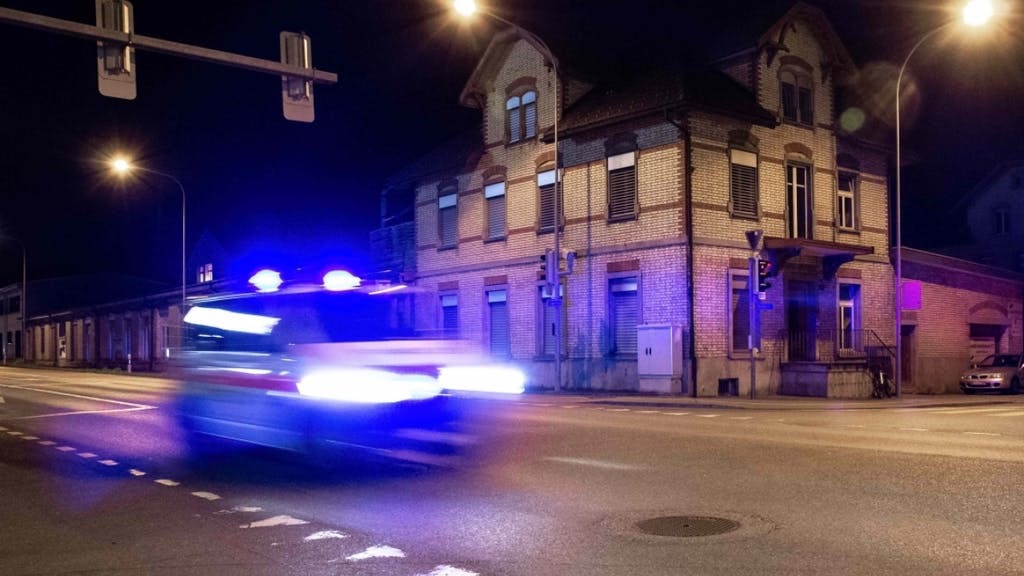The Red House – Italy’s Most Haunted Villa Which Lies Abandoned and Off Limits

A villa in the mountains of Cortenova, northern Italy, to the east of Lake Como, is said to contain a gothic tragedy. Villa de Vecchi, commonly known as the Red House, The Witches House, or the Ghost House, is now a derelict ruin, its once spectacular magnificence destroyed by time and graffiti.
It wasn’t always this; the Villa de Vecchi was once the elegant vacation home of Count Felix de Vecchi and his family. Count de Vecchi (1816-1862) was a distinguished military hero, skilled painter, and adventurer who, as a member of the national guard, helped liberate Milan from Austria during Italy’s unification.
He traveled widely around the Middle East, Egypt, and India in his youth, and wrote a book that sold well and contained illustrations of his adventures.
When the Count married Carolina Franchetti di Ponte in 1844, the two proceeded on a voyage that took them throughout Italy, and the Count continued to paint and write about his experiences. The Count had become a celebrity for his romantic portrayals of the locales he had seen by the time the newlyweds returned to Milan.
In 1854, the Count commissioned Alessandro Sidioli, an architect, to design a summer getaway inspired by the architecture of the Eastern nations he had visited as a child.
It was built with all of the modern conveniences of the period, including indoor plumbing, hot water pipes, a dumbwaiter, and even a massive pressured outside fountain, and was painted with murals and friezes on the inside. The main living area included a big fireplace and a grand piano. Unfortunately, Alessandro Sidioli died before the structure could be completed. This is where mythology takes form.
According to the tales that surround the Red House, the de Vecchi family had a few lovely summers at the villa — but those joyful days came to an end one night in 1862, while the Count was gone. According to folklore, the Count arrived home to discover his wife brutally slain, her face scarred, and his daughter vanished. Despite the Count’s best efforts, his lost daughter was never found. The Count committed himself less than a year later, driven by the anguish of what transpired that night.
Some believe it was a retaliatory attack on Count de Vecchi for his support for the Unification, although no one was ever prosecuted for the murder. It is still a mystery to this day. The home was inherited by the Count’s brother, Biago, and remained in the family until the onset of World War II. It was later held by several number of different aristocratic families before being abandoned in the 1960s.
Perhaps its most notable visitor was Alistair Crowley, who allegedly slept there in the early 1920s. According to legend, the home became the location of satanic rituals done by persons seeking to channel the evil energy trapped within its walls. On calm nights, locals claim they can still hear the grand piano being played from within the ruins. However, the truth is less eerie.
The Count did order the construction of the Red House, hoping to make use of the nearby thermal springs, but he was already a widower by the time he hired Alessandro Sidioli.
The Count was critically ill with a chronic liver condition by the early 1860s, and he spent the last months of his life between his residences in Milan and Cortenova, painting and caring for his children. He died of liver failure at the age of 46 in Milan, leaving behind his riches and property, as well as the care of his two young children, to his brother Biago.
That hasn’t prevented ghost hunters and paranormal enthusiasts from insisting that this property has something particularly spooky. Today, the Red House remains a majestic shell from a bygone period. Mother Nature has begun to recover the brickwork after the windows were removed. An avalanche damaged numerous buildings in Cortenova in 2002, but the Red House escaped unscathed.
Humans have left their imprint on the Red House: the once-grand piano has been demolished, and the beautiful frescoes can be seen under layers of graffiti.





